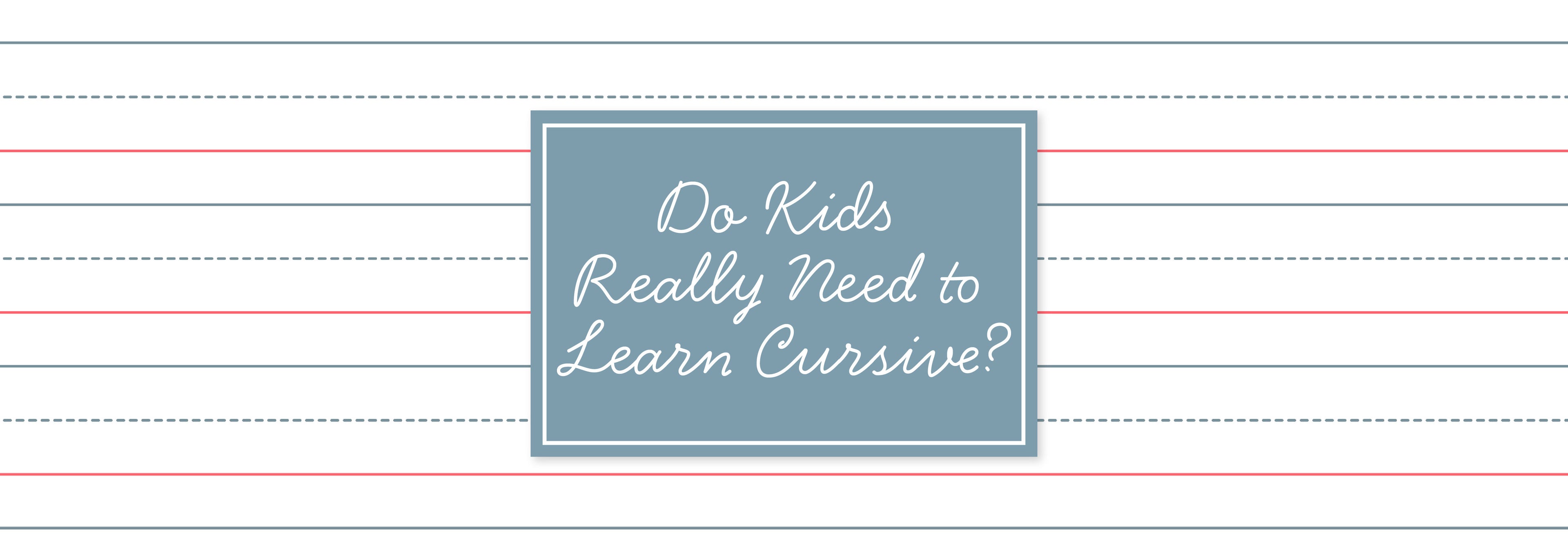
Is learning cursive really necessary? You might be surprised by Jenny’s answer. In this blog post and video, she shares some of the benefits of learning cursive and how The Good and the Beautiful handwriting courses’ unique approach makes teaching and learning cursive easy and enjoyable for everyone!
Considering the fact that I developed an award-winning cursive handwriting program used across the world, you might be surprised to know that I don’t think learning cursive writing is a must. On a list of the most important things to teach your kids, I would actually not put cursive near the top. However, there is something beautiful about teaching our children classic writing skills, and there are some great benefits to cursive writing.
1. Cursive writing is good for the brain.
Unlike print handwriting, cursive handwriting activates both hemispheres of the brain. It can help create strong neural connections, especially in areas of our brain associated with language processing, memory, and fine motor skills. Cursive increases the use of particular parts of the brain not accessed through basic reading and printing exercises.
2. Cursive is truly a beautiful but nearly lost art form.
Cursive is truly a beautiful but nearly lost art form. Students who don’t learn cursive run the risk of being unable to read or write signatures, read letters or journals from grandparents, or, most importantly, to read important historical documents. Imagine receiving a birthday card from your grandma but being unable to read it.
3. Cursive writing can help students with learning challenges.
Lastly, cursive writing can dramatically help students with learning challenges such as dyslexia and dysgraphia. So is it worth the effort? I definitely think so, especially because it is easy and fun to do with our simple, step-by-step program that uses colored dots to lead the child instead of a bunch of scrunched-up numbers around the letters. But, if cursive handwriting just did not happen for your kids, you don’t need to feel bad. There are much more important things to worry about. However, it is not too late for a child, or even you as an adult, to pick up the beautiful art form of cursive handwriting.
Cursive Handwriting Books
Swipe in mobile
-
Handwriting Workbook: Level 3
Regular price $15.99Regular priceUnit price / per
-
Handwriting Workbook: Level 4
Regular price $15.99Regular priceUnit price / per
-
Handwriting Workbook: Level 5
Regular price $15.99Regular priceUnit price / per
-
Handwriting Workbook: Level 6
Regular price $15.99Regular priceUnit price / per
-
Handwriting Workbook Level 7
Regular price $15.99Regular priceUnit price / per
Proper Pencil Grip
-
Learn how and why to teach correct pencil grip in this blog post and accompanying video from Jenny Phillips, founder of The Good and the Beautiful homeschool curriculum.
You may also like . . .
Related Posts
-
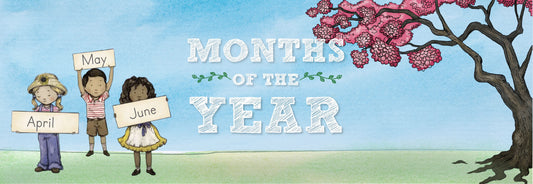 47 comments
47 commentsMonths of the Year
Learning the months of the year is easy with this adorable "Months of the Year" song that takes children through the changing seasons. Keep reading for fun activities to do...
47 commentsMonths of the Year
Learning the months of the year is easy with this adorable "Months of the Year" song that takes children through the changing seasons. Keep reading for fun activities to do...
Read more Months of the Year -
 8 comments
8 commentsDays of the Week
Learning the names of the days is easy with this simple Days of the Week song from The Good and the Beautiful. Find fun ways to practice putting the days...
8 commentsDays of the Week
Learning the names of the days is easy with this simple Days of the Week song from The Good and the Beautiful. Find fun ways to practice putting the days...
Read more Days of the Week -
 26 comments
26 commentsTop 5 Tips for Homeschool Planning
Summer is the perfect time to plan ahead! In this blog post and short video, Jenny Phillips shares her top five tips for simple, yet effective planning for the next...
26 commentsTop 5 Tips for Homeschool Planning
Summer is the perfect time to plan ahead! In this blog post and short video, Jenny Phillips shares her top five tips for simple, yet effective planning for the next...
Read more Top 5 Tips for Homeschool Planning -

Tips for Managing Summer Screen Time
It’s easy for screens to consume your child's time, especially during the summer months. Jenny Phillips addresses this all-too-common dilemma facing families today. Find practical screen-free tips on how to...
Tips for Managing Summer Screen Time
It’s easy for screens to consume your child's time, especially during the summer months. Jenny Phillips addresses this all-too-common dilemma facing families today. Find practical screen-free tips on how to...
Read more Tips for Managing Summer Screen Time -
 3 comments
3 commentsTips for Limiting Screen Time
Technology brings a wealth of information to our fingertips, but overuse of screen time has become an issue for many families. Jenny Phillips shares her family’s journey to limiting screen...
3 commentsTips for Limiting Screen Time
Technology brings a wealth of information to our fingertips, but overuse of screen time has become an issue for many families. Jenny Phillips shares her family’s journey to limiting screen...
Read more Tips for Limiting Screen Time -
 10 comments
10 commentsHomeschooling Year-Round vs Traditional
Is a traditional or year-round homeschool schedule best for your family? Watch this video from The Good and the Beautiful YouTube channel to find out some benefits and drawbacks of...
10 commentsHomeschooling Year-Round vs Traditional
Is a traditional or year-round homeschool schedule best for your family? Watch this video from The Good and the Beautiful YouTube channel to find out some benefits and drawbacks of...
Read more Homeschooling Year-Round vs Traditional -

Is Sentence Diagramming Necessary for Learning ...
Sentence diagramming can be a grammar exercise students either love or run from. Sit down with Jenny Phillips in this video and blog post as she discusses how and why...
Is Sentence Diagramming Necessary for Learning ...
Sentence diagramming can be a grammar exercise students either love or run from. Sit down with Jenny Phillips in this video and blog post as she discusses how and why...
Read more Is Sentence Diagramming Necessary for Learning Grammar? -

What Is a Solar Eclipse?
Witnessing a total solar eclipse is a once-in-a-lifetime experience for most. Learn all about total solar eclipses and how to safely view one. Then download directions for a fun solar...
What Is a Solar Eclipse?
Witnessing a total solar eclipse is a once-in-a-lifetime experience for most. Learn all about total solar eclipses and how to safely view one. Then download directions for a fun solar...
Read more What Is a Solar Eclipse? -
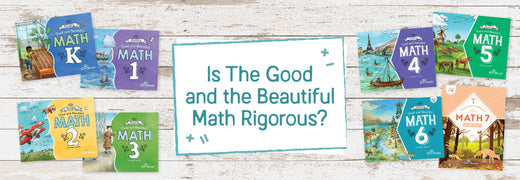 2 comments
2 commentsIs The Good and the Beautiful Math Rigorous?
What is rigor in mathematics, and is Simply Good and Beautiful Math rigorous enough? A rigorous homeschool math course teaches more than just memorization of facts and steps. Keep reading...
2 commentsIs The Good and the Beautiful Math Rigorous?
What is rigor in mathematics, and is Simply Good and Beautiful Math rigorous enough? A rigorous homeschool math course teaches more than just memorization of facts and steps. Keep reading...
Read more Is The Good and the Beautiful Math Rigorous? -
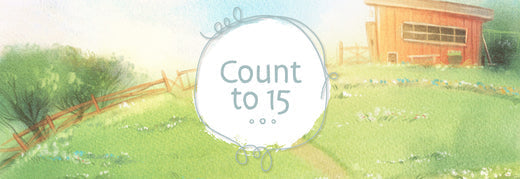
Count to 15
Teach children how to count to 15 through music and illustration with our delightful video on The Good and the Beautiful Kids Channel on YouTube. Then keep reading for more...
Count to 15
Teach children how to count to 15 through music and illustration with our delightful video on The Good and the Beautiful Kids Channel on YouTube. Then keep reading for more...
Read more Count to 15 -
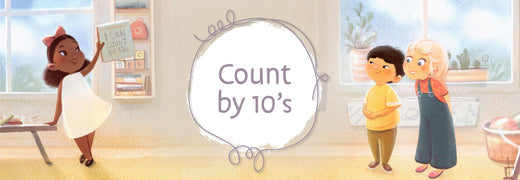 1 comment
1 commentCount by 10's
Counting by 10's is an easy pattern to introduce to children once they have mastered counting by 1's. Print the free download. Then sing along with the children in this...
1 commentCount by 10's
Counting by 10's is an easy pattern to introduce to children once they have mastered counting by 1's. Print the free download. Then sing along with the children in this...
Read more Count by 10's -
 1 comment
1 commentThe Good and the Beautiful Science: What It’s A...
Science is an important part of any homeschool education, but our team believes homeschool science curriculum should be fun and inspiring too! Our best-selling science units make science exciting to...
1 commentThe Good and the Beautiful Science: What It’s A...
Science is an important part of any homeschool education, but our team believes homeschool science curriculum should be fun and inspiring too! Our best-selling science units make science exciting to...
Read more The Good and the Beautiful Science: What It’s All About -
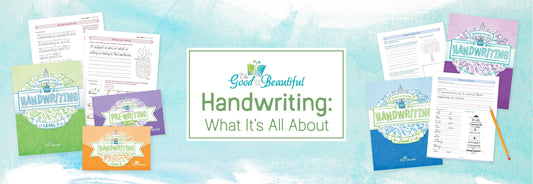
The Good and the Beautiful Handwriting: What It...
The Good and the Beautiful’s award-winning handwriting curriculum was named the most popular among homeschool families every year since 2022! When you open one of our handwriting books, you immediately notice The Good...
The Good and the Beautiful Handwriting: What It...
The Good and the Beautiful’s award-winning handwriting curriculum was named the most popular among homeschool families every year since 2022! When you open one of our handwriting books, you immediately notice The Good...
Read more The Good and the Beautiful Handwriting: What It's All About -
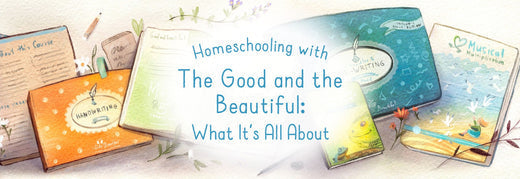 1 comment
1 commentHomeschooling with The Good and the Beautiful: ...
Once there was a homeschool mom who loved books and nature and God. She created her dream language arts curriculum for her own kids. And then she shared it for...
1 commentHomeschooling with The Good and the Beautiful: ...
Once there was a homeschool mom who loved books and nature and God. She created her dream language arts curriculum for her own kids. And then she shared it for...
Read more Homeschooling with The Good and the Beautiful: What It’s All About -
 2 comments
2 commentsSecond Grade Sight Words
Master second grade sight words! Download a free list of sight words used in The Good and the Beautiful Level 2 Language Arts and some fun sight word games for practice.
2 commentsSecond Grade Sight Words
Master second grade sight words! Download a free list of sight words used in The Good and the Beautiful Level 2 Language Arts and some fun sight word games for practice.
Read more Second Grade Sight Words -
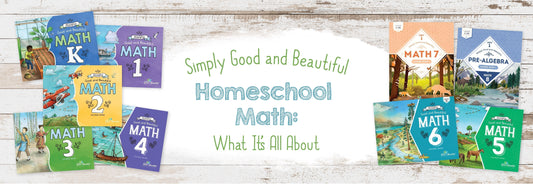
Simply Good and Beautiful Math: What It's All A...
What is Simply Good and Beautiful Math? How does it work, and what makes it different from other homeschool math curriculums? Get answers to these questions and more in an overview...
Simply Good and Beautiful Math: What It's All A...
What is Simply Good and Beautiful Math? How does it work, and what makes it different from other homeschool math curriculums? Get answers to these questions and more in an overview...
Read more Simply Good and Beautiful Math: What It's All About -

First Grade Sight Words
Learning phonics and decoding is vital for a first-grade reader. First graders benefit from learning a short list of words by sight as well. The most useful first-grade sight words...
First Grade Sight Words
Learning phonics and decoding is vital for a first-grade reader. First graders benefit from learning a short list of words by sight as well. The most useful first-grade sight words...
Read more First Grade Sight Words -

4th of July Coloring Pages
Free Printable 4th of July Coloring Pages! Enjoy these beautiful illustrations made into patriotic 4th of July coloring pages, available only from The Good and the Beautiful. Keep reading...
4th of July Coloring Pages
Free Printable 4th of July Coloring Pages! Enjoy these beautiful illustrations made into patriotic 4th of July coloring pages, available only from The Good and the Beautiful. Keep reading...
Read more 4th of July Coloring Pages -
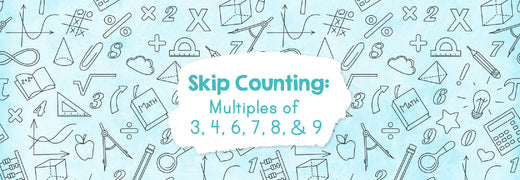 2 comments
2 commentsSkip Counting: Multiples of 3, 4, 6, 7, 8, and 9
Skip counting is an important foundation for understanding and learning multiplication! Children easily learn the multiples of 2, 5, and 10 first, but the multiples of 3, 4, 6, 7,...
2 commentsSkip Counting: Multiples of 3, 4, 6, 7, 8, and 9
Skip counting is an important foundation for understanding and learning multiplication! Children easily learn the multiples of 2, 5, and 10 first, but the multiples of 3, 4, 6, 7,...
Read more Skip Counting: Multiples of 3, 4, 6, 7, 8, and 9



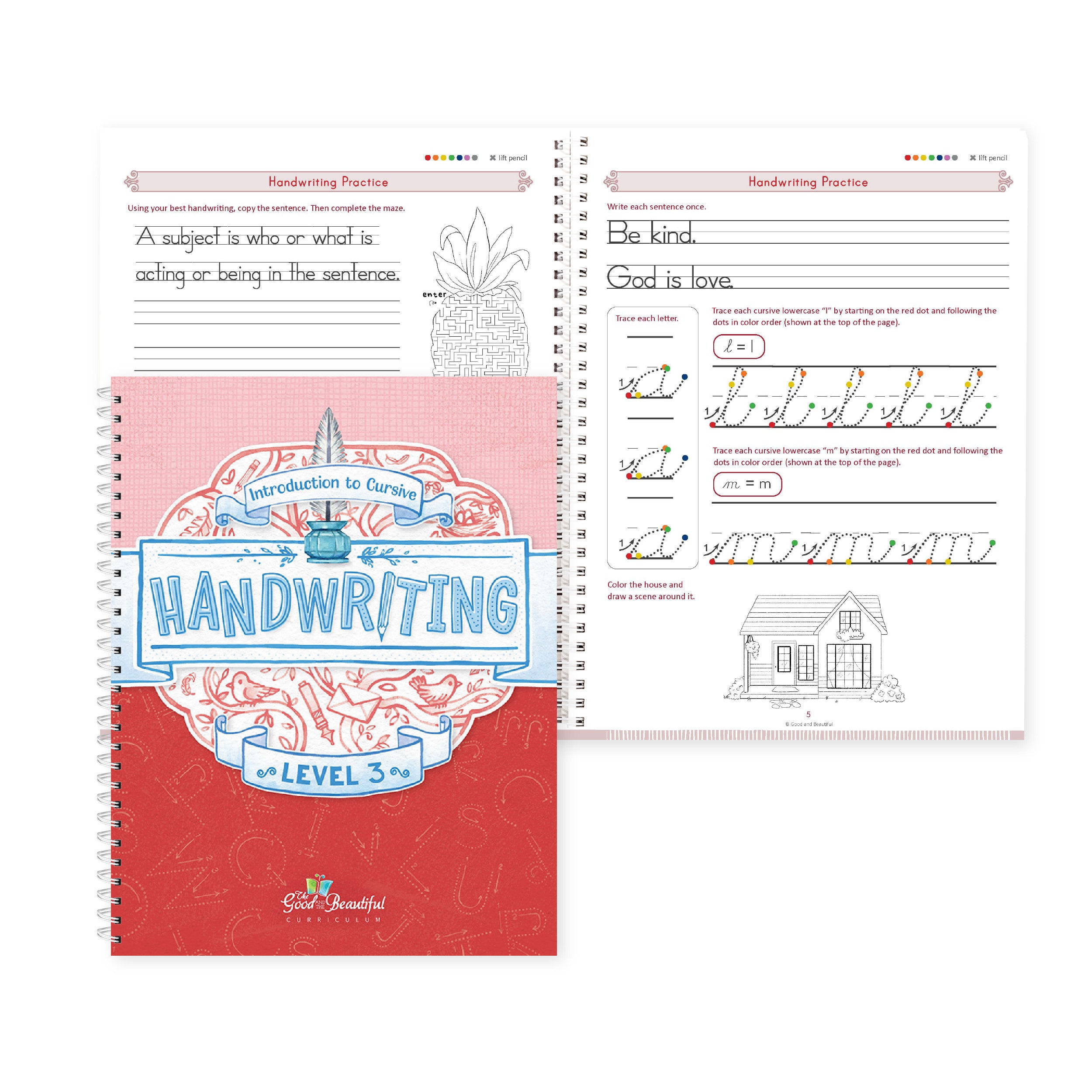
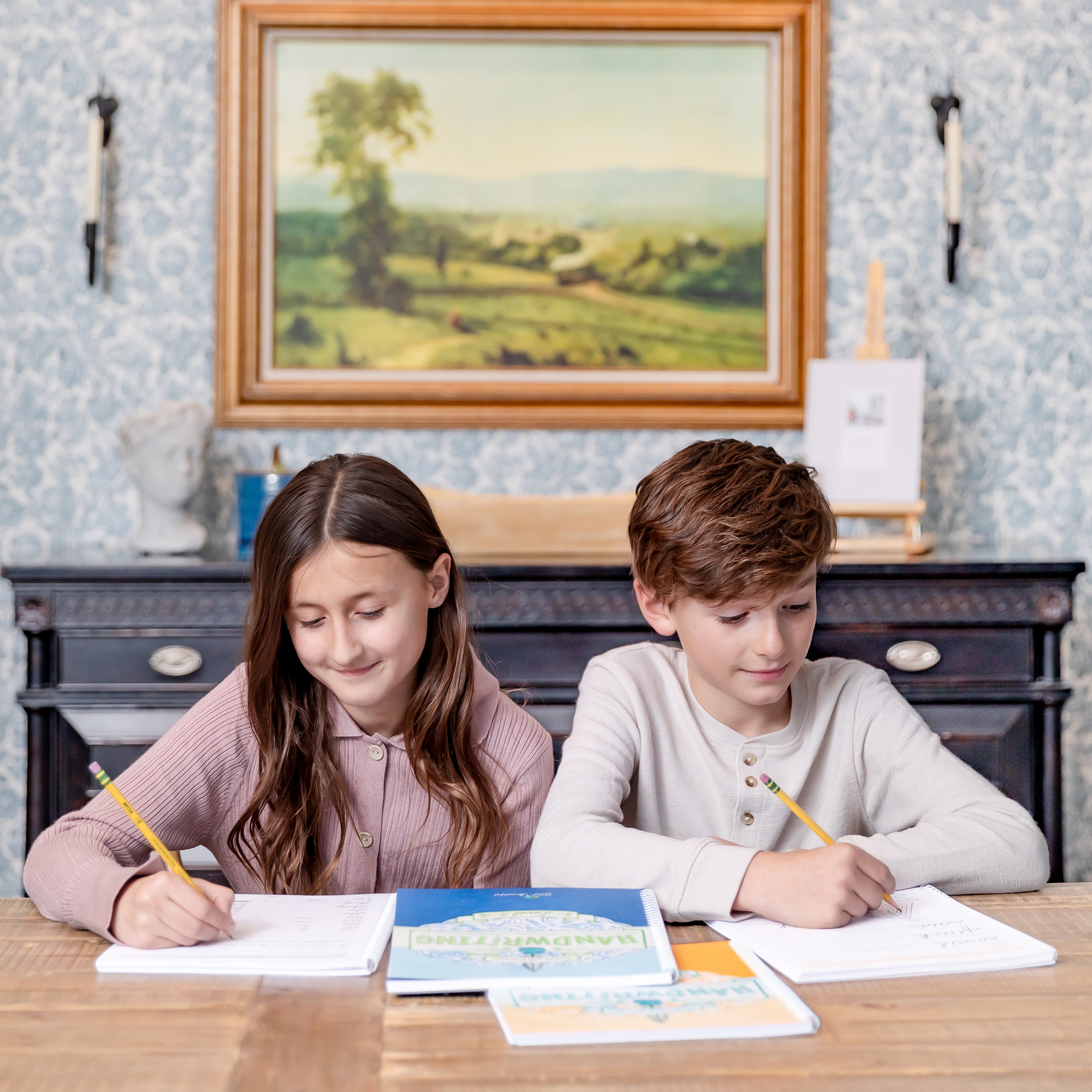
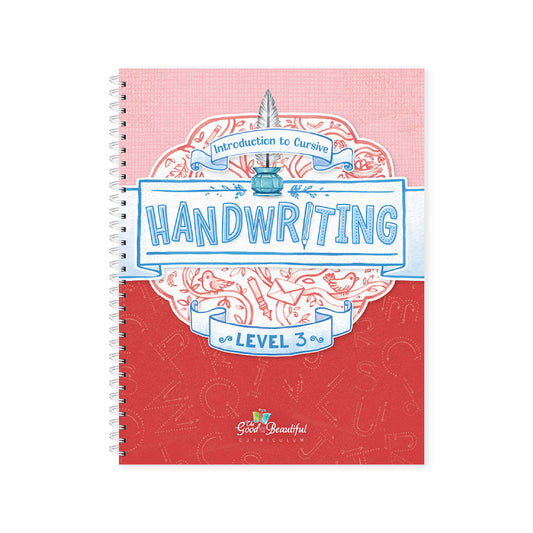
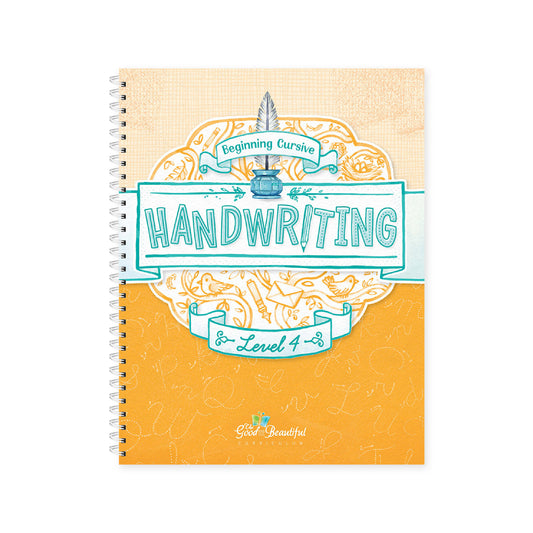
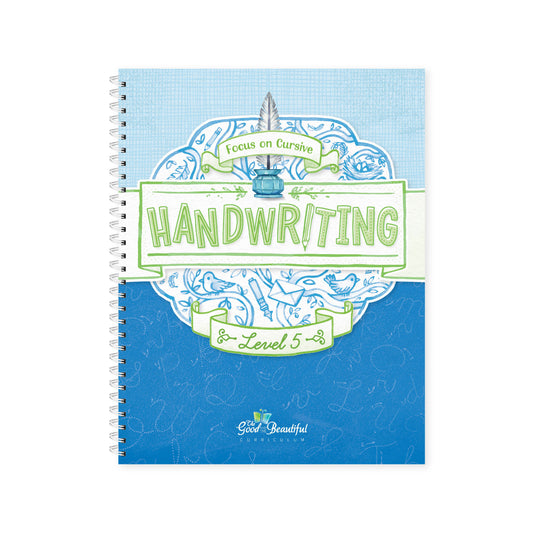
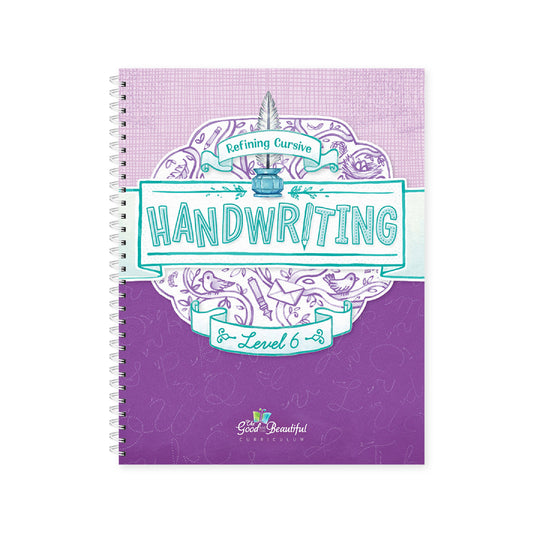
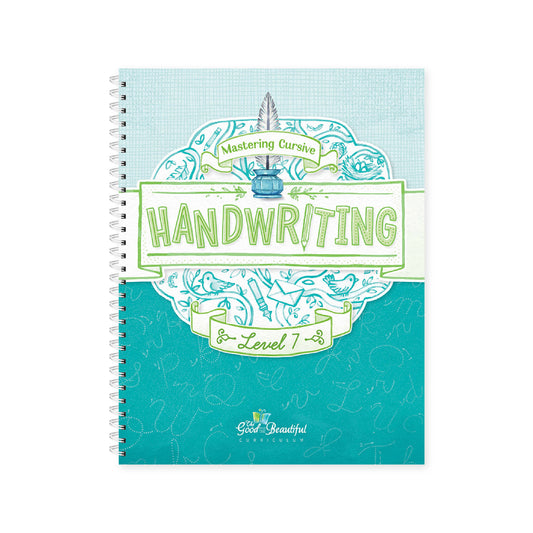
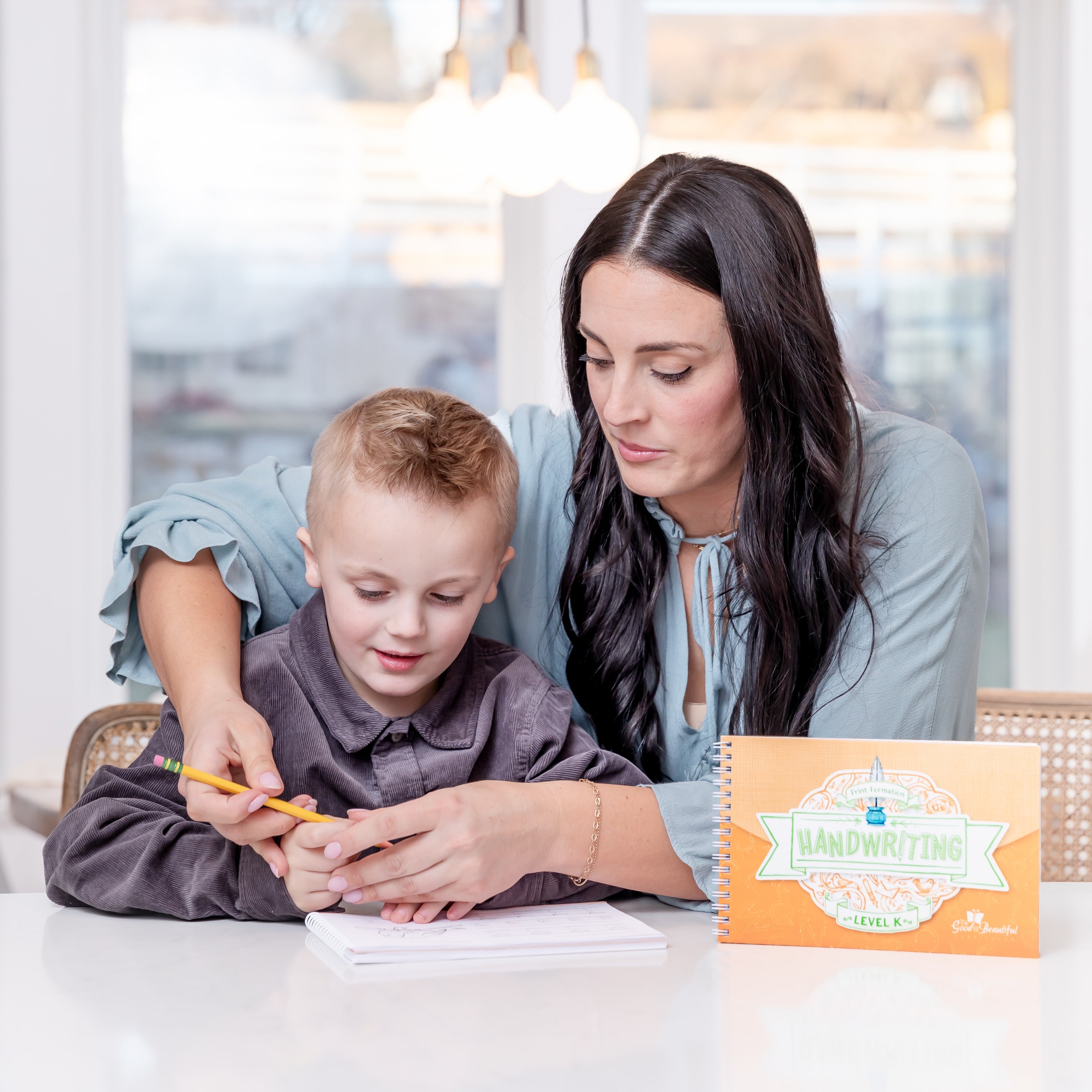

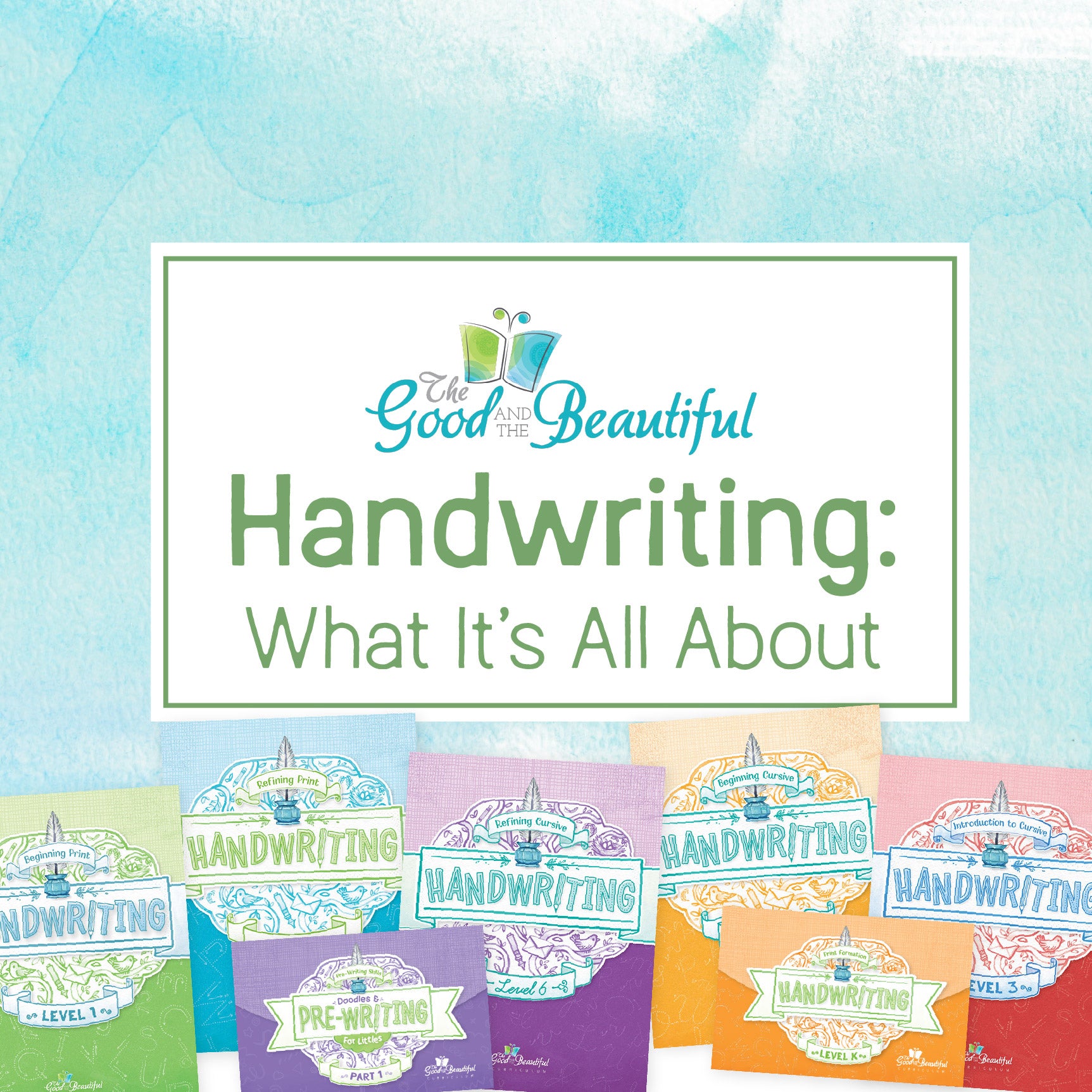
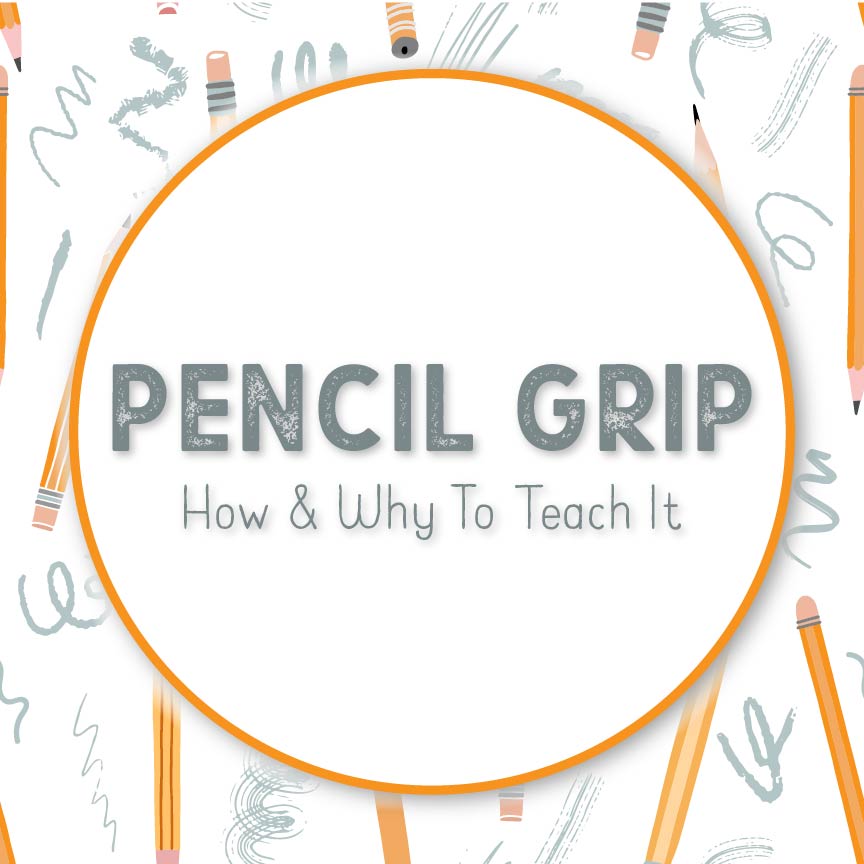
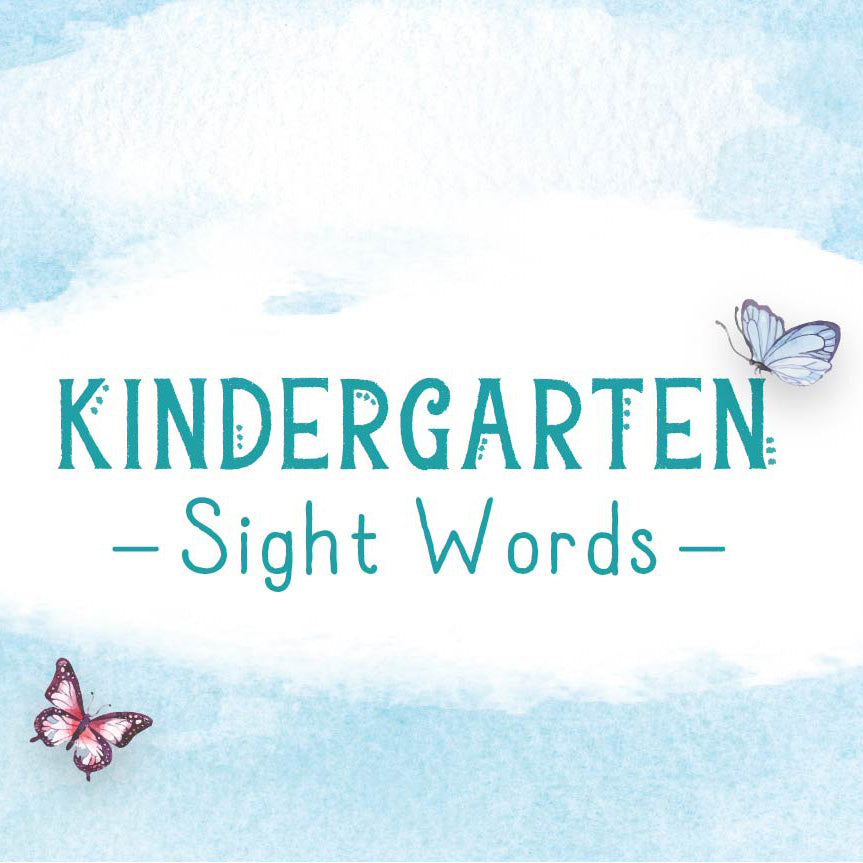



















1 comment
This is amazing I appreciate all you have created and done for homeschool parents who can’t afford much! I homeschooled pre k and kindergarten on my own with my daughter and she did great but I was a bit messy. And then I tried online public school for first grade and it is insane what they are piling on a 6 or 7 year old in California public schools now a days! So I am about to pull her out and begin homeschooling again but I wanted to find a Bible truth based curriculum to follow for lesson planning and came across your website! ♥️ I look forward to purchasing some of the physical books and lessons as soon as I can and I greatly appreciate the free samples in the meantime!